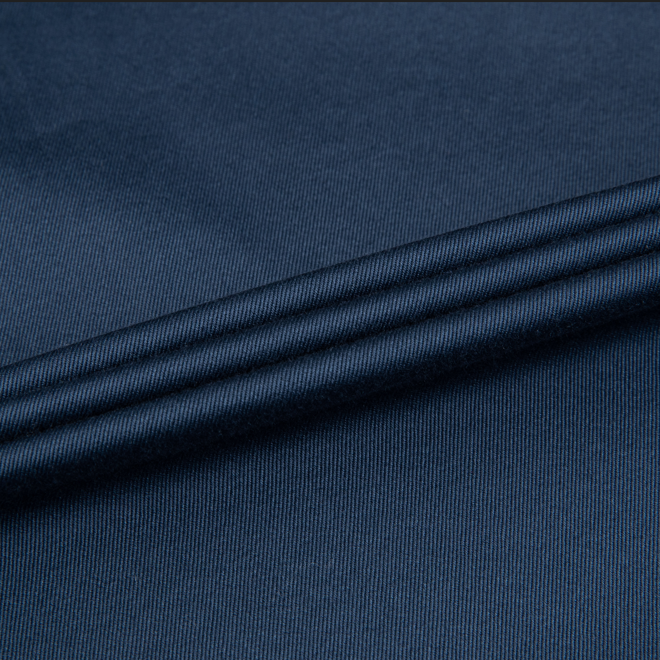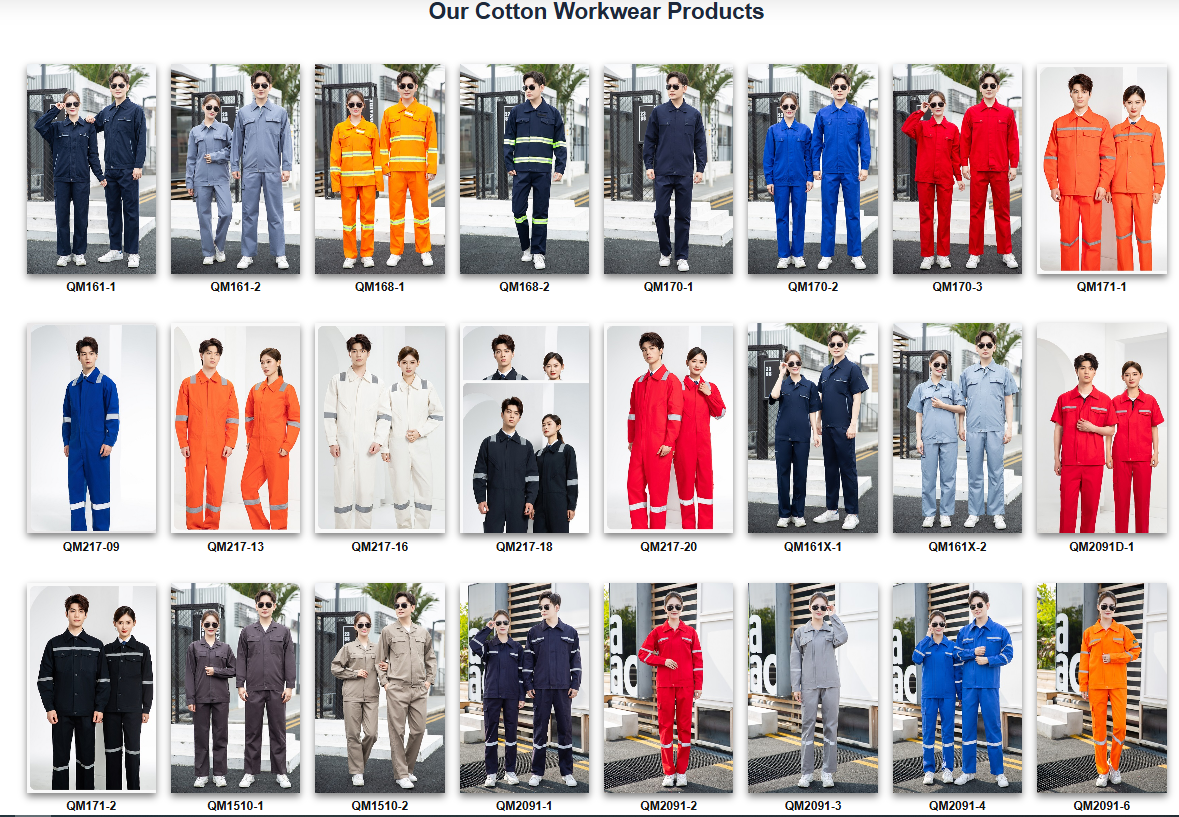Here is a detailed explanation of what cotton drill is.
Simple Definition
Cotton drill is a durable, medium to heavy-weight fabric known for its distinctive diagonal weave pattern (called a “twill weave”). It is a sturdy cotton fabric, often treated to be water-resistant or wind-resistant, making it a popular choice for workwear, uniforms, and casual clothing.

Key Characteristics of Cotton Drill
-
Twill Weave (The Diagonal Pattern):
This is the most defining feature. The yarns are woven in a way that creates parallel diagonal ribs. You can easily see these diagonal lines on the surface of the fabric. This weave structure makes the fabric stronger and more durable than a plain weave (like in a standard bedsheet). -
Durability:
The tight twill weave and the common use of strong, carded cotton yarns make drill fabric highly resistant to abrasion and tearing. It’s built to withstand tough conditions. -
Weight and Density:
It is a medium to heavy-weight fabric, giving it a substantial feel and making it ideal for items that need to hold their shape, like jackets and work pants. -
Finish and Treatment:
Cotton drill is often finished with treatments to enhance its functionality:-
Mercerization: A chemical process that increases the fabric’s strength, luster (shine), and affinity for dyes.
-
Water-Resistant/Shedding: It can be treated with a wax coating (like the iconic Barbour jackets) or a DWR (Durable Water Repellent) finish to make water bead up and roll off.
-
Sanforization: A pre-shrinking process to minimize further shrinkage after washing.
-
-
Versatility in Use:
While inherently sturdy, its weight and drape can vary, making it suitable for a range of products from heavy-duty workwear to lighter-weight casual chinos.
Common Uses of Cotton Drill
-
Workwear & Uniforms: This is its traditional and most common use. Think of lab coats, chef’s uniforms, military uniforms, and industrial workwear.
-
Casual Trousers: Many types of chinos and cargo pants are made from a lighter-weight cotton drill.
-
Jackets and Outerwear: Its density makes it excellent for field jackets, work jackets (like the classic “chore coat”), and even some fashion jackets.
-
Home & Garden Items: Used for heavy-duty aprons, tool bags, and durable upholstery.
Comparison with Other Fabrics
| Fabric | Weave | Key Characteristics | Common Uses |
|---|---|---|---|
| Cotton Drill | Twill (Diagonal) | Durable, diagonal ribs, often treated for weather resistance. | Workwear, uniforms, chinos, jackets. |
| Cotton Canvas | Plain (Over-Under) | Very heavy, rugged, and stiff. Less soft than drill. | Tents, heavy-duty workwear, sneakers, bags. |
| Cotton Denim | Twill (Diagonal) | Similar to drill, but traditionally dyed with indigo (colored warp, white weft). | Jeans, jackets, skirts. |
| Cotton Poplin | Plain (Over-Under) | Light, smooth, and crisp. Has a fine ribbed texture. | Dress shirts, blouses, light summer clothing. |
In the Context of Workwear and Fashion
As discussed in the previous conversation about workwear, cotton drill is a foundational fabric for functional workwear. Its durability and ability to be treated for weather resistance make it a perfect material for the original purpose of workwear.
In fashion, cotton drill (especially in the form of chinos and chore coats) has become a staple of the “workwear aesthetic.” It offers the rugged, durable look that is central to that style, while being comfortable and versatile enough for everyday wear.
In summary: Cotton drill is a robust, twill-woven cotton fabric, prized for its durability and diagonal texture. It’s the material you’ll find in everything from a mechanic’s uniform to a stylish pair of chinos.
For some insightful reads, we’ve curated a list of recommended articles just for you:
- How do I find a product manufacturer in China?
- How to find cheap manufacturers in China? A guide to avoid pitfalls
- How to complete your first purchase of workwear in China safely and efficiently
- Custom uniforms for Small business
- Choosing the Best Industrial Work Suit
- Ultimate Guide: Best Wholesale Work Clothes in China
- Cut & Sew Customization
- Logo Customize Clonthing Manufacturer
- Labour Uniform manufacturer
- Labor clothing uniform for sale
- Working clothes china wholesale
Can’t find what you’re looking for? Feel free to contact us. We’re here to help 24/7.




